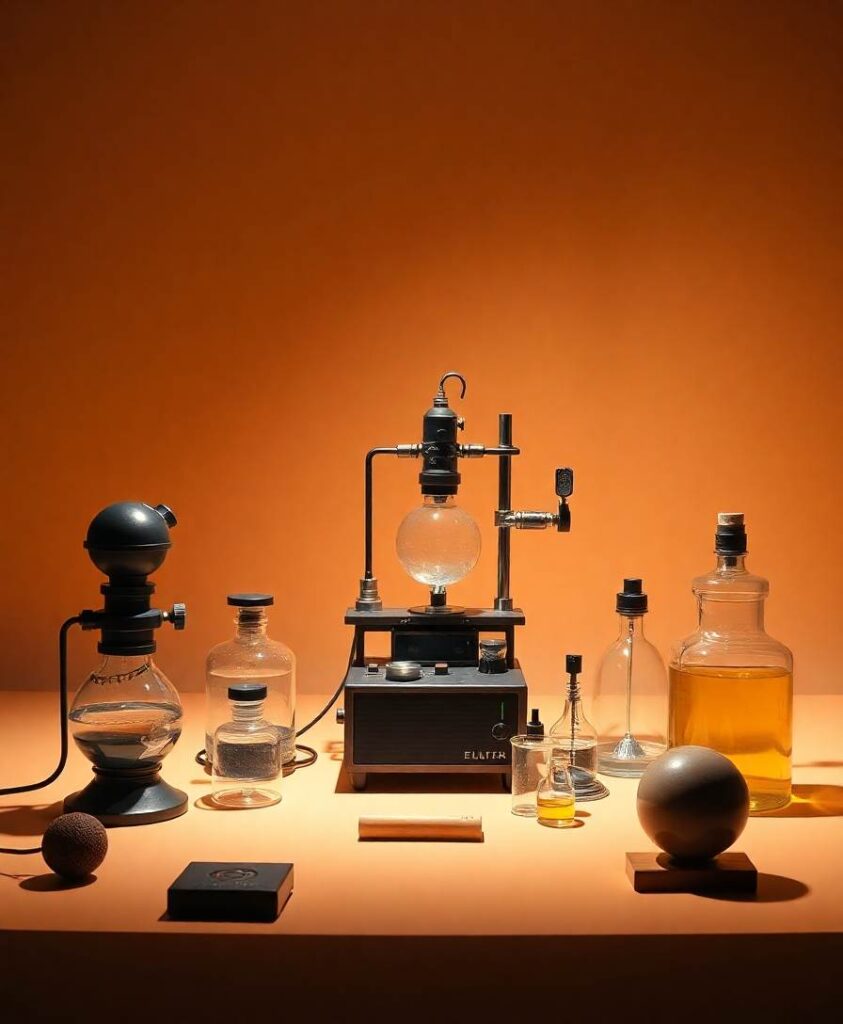BackgroundSymptomatic intracranial atherosclerotic stenosis (sICAS) is one of the common causes of ischemic stroke. However, the treatment of sICAS remains a challenge in the past with unfavorable findings. The purpose of this study was to explore the effect of stenting versus aggressive medical management on preventing recurrent stroke in patients with sICAS.MethodsWe prospectively collected the clinical information of patients with sICAS who underwent percutaneous angioplasty and/or stenting (PTAS) or aggressive medical therapy from March 2020 to February 2022. Propensity score matching (PSM) was employed to ensure well-balanced characteristics of two groups. The primary outcome endpoint was defined as recurrent stroke or transient ischemic attack (TIA) within 1 year.ResultsWe enrolled 207 patients (51 in the PTAS and 156 in the aggressive medical groups) with sICAS. No significant difference was found between PTAS group and aggressive medical group for the risk of stroke or TIA in the same territory beyond 30 days through 6 months (P = 0.570) and beyond 30 days through 1 year (P = 0.739) except for within 30 days (P = 0.003). Furthermore, none showed a significant difference for disabling stroke, death and intracranial hemorrhage within 1 year. These results remain stable after adjustment. After PSM, all the outcomes have no significant difference between these two groups.ConclusionThe PTAS has similar treatment outcomes compared with aggressive medical therapy in patients with sICAS across 1-year follow-up.


